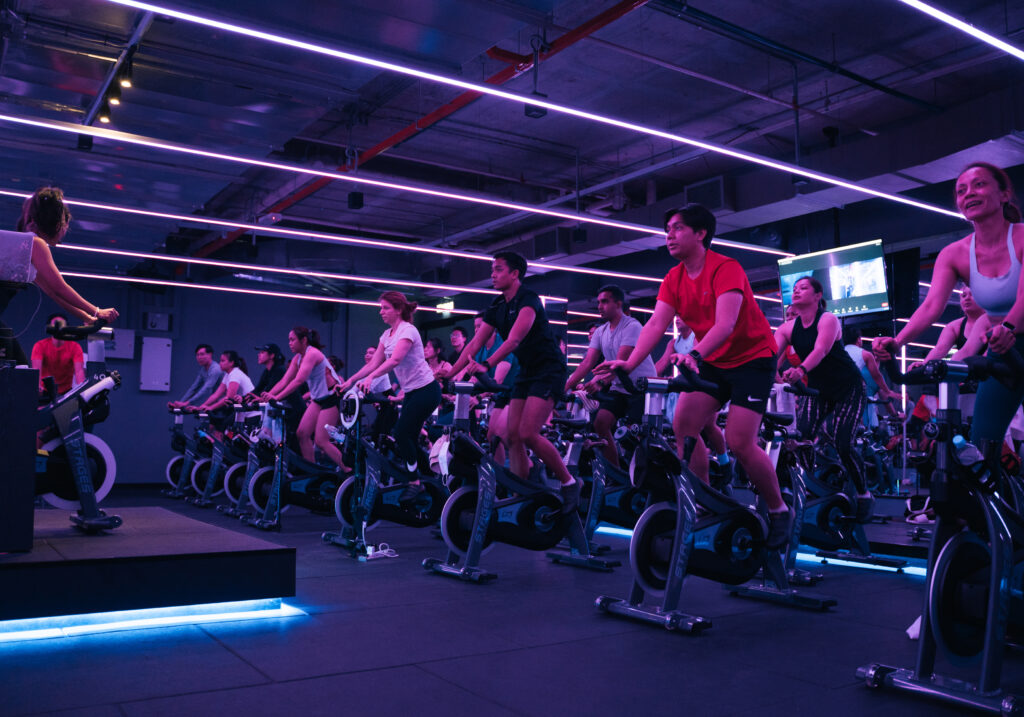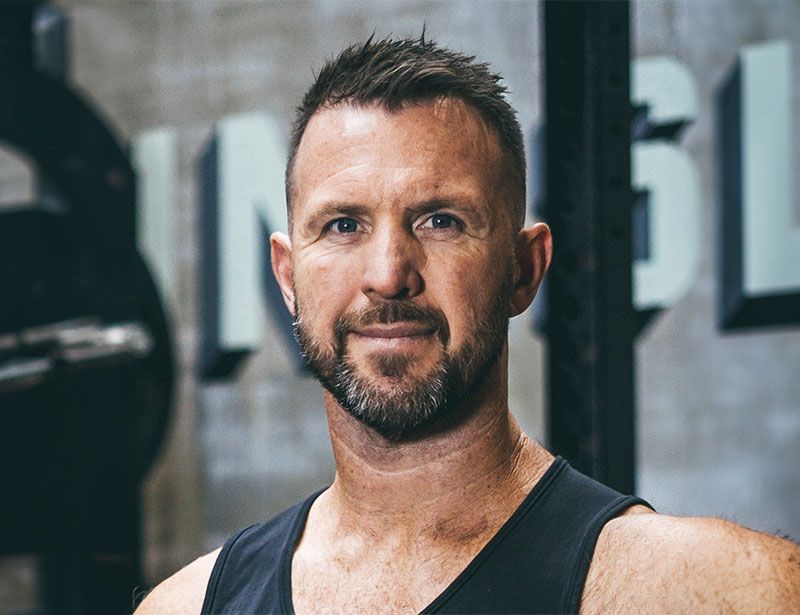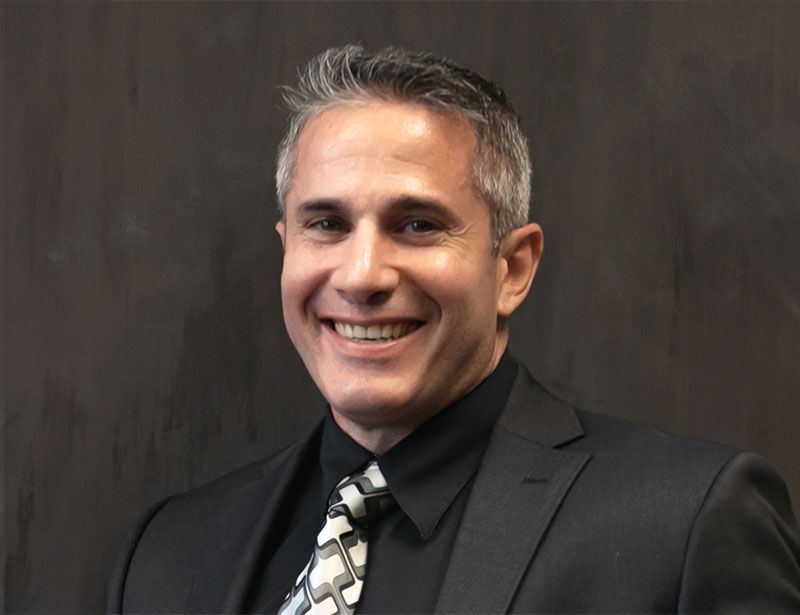Panellist
A COVID hangover

Our latest edition of RIDE HIGH includes a must-read supplement – A Global Crisis? – in which we speak to operators across Europe, Asia-Pacific, Africa and the Americas to understand the region-by-region challenges facing the fitness sector at the moment, and the strategies that might be deployed to navigate them.
Check out all our expert comments here or download a PDF of the full magazine, including the supplement, above.
Here, we share the perspective of Kenny Choong, co-founder of FLYPROJECT in Malaysia. Interview conducted 25 October 2022.
In Malaysia, energy costs aren’t a major issue: we’re a net producer of electricity and sell petrol to the world. Rent is the largest cost to our business, followed by wages – the latter a variable cost as instructors are paid per class.
The country is experiencing inflation and our currency is depreciating, which obviously affects discretionary spending including gym fees. FLYPROJECT sits at the luxury end of the scale, though, with most of our customers earning above average salaries, so this impacts us less than other operators.
“The challenge across the fitness sector remains the aftermath of the pandemic. What’s affecting us most are the new hybrid working patterns.”
The challenge that’s common across the fitness sector – and it is specific to our sector, as other industries such as F&B are performing well – remains the aftermath of the pandemic.
We were in on/off lockdown for one out of two years, and while the bounceback after the first three-month lockdown was quick, recovery after that was slower as people saw the number of deaths rise and became more afraid. Since then, lifestyles have changed, outdoor exercise has become popular, people have found other ways to be active.

But what’s affecting us most of all are the new hybrid working patterns. In Kuala Lumpur, the traffic is really bad; people simply won’t travel to a gym near work if they aren’t in the office that day, and when so many businesses are operating a 50/50 hybrid model, this has a big impact on nearby gyms. We’re still only achieving 65 per cent of pre-pandemic attendance. Most operators in Malaysia are cashflow positive again, but few are back to where they were before the pandemic.
As I say, energy bills don’t have a huge impact on our operating costs, which is good because our shopping mall locations mean we have to leave the lights on even when we aren’t running classes. However, we are making economies elsewhere. For example, during lockdown we stopped providing towels for hygiene reasons and we still don’t offer them now. Customers have embraced the hygiene argument and they’re happy to bring their own, but it’s also a cost saving for us while revenues continue to lag post-pandemic.

Conceived, powered and funded by BODY BIKE®, RIDE HIGH has a simple mission: to celebrate and champion the very best of indoor cycling, sharing ideas, stories and experiences from around the world to inspire the sector on to even bigger and better things. Subscribe for free by leaving your details below and we'll send indoor cycling's hottest news direct to your inbox three times a year.






